Optimal Timing for Windows Installations
Determining the best time for Windows installations involves considering factors such as system readiness, workload schedules, and seasonal conditions. Proper timing ensures minimal disruption and optimal performance during setup and updates.
Spring and fall often present less busy periods, making them suitable for Windows installations. These times typically have fewer operational disruptions.
Scheduling during designated maintenance windows allows for controlled updates and installations, reducing impact on daily operations.
Performing installations prior to significant updates ensures compatibility and reduces the risk of conflicts during peak usage times.
Installing Windows after hardware upgrades can improve system performance and compatibility, making it an ideal timing point.
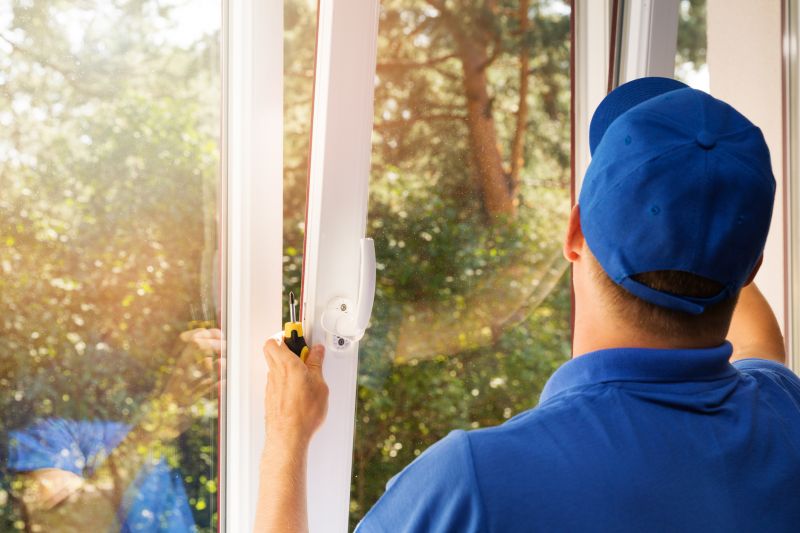
Technicians carefully prepare systems to ensure smooth Windows setup, minimizing downtime.
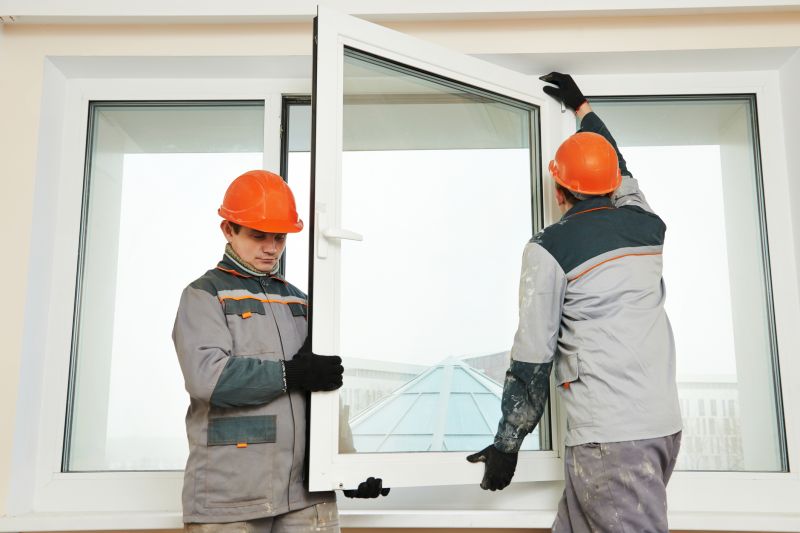
Strategic timing of updates helps prevent interruptions during critical business hours.

Combining hardware upgrades with Windows installation optimizes system performance.
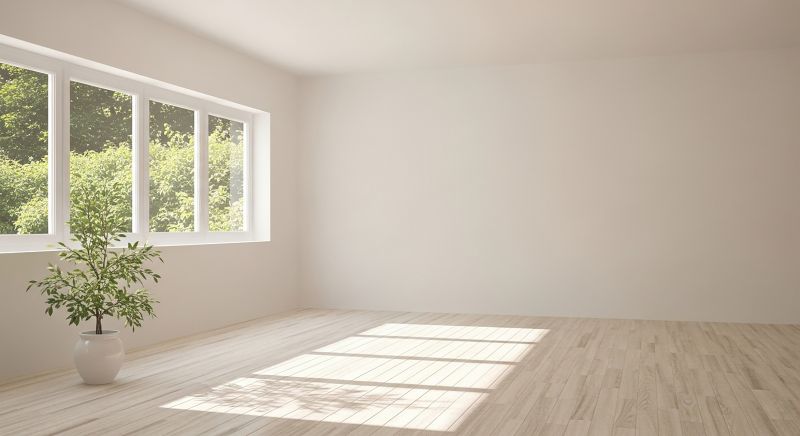
Ways to make Windows Installations work in tight or awkward layouts.

Popular materials for Windows Installations and why they hold up over time.

Simple add-ons that improve Windows Installations without blowing the budget.

High-end options that actually feel worth it for Windows Installations.
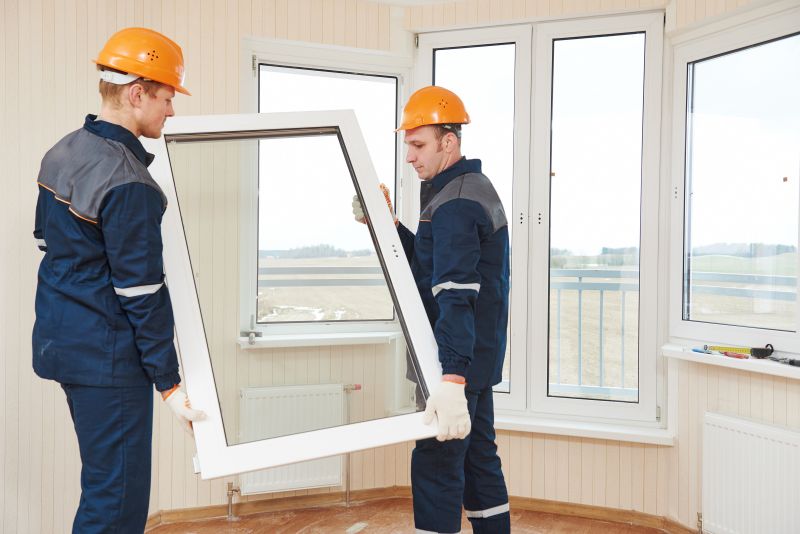
Finishes and colors that play nicely with Windows Installations.
| Timing Aspect | Details |
|---|---|
| Seasonal Considerations | Spring and fall are preferred for minimal operational disruption. |
| Operational Schedule | Align installations with low-traffic periods. |
| Hardware Readiness | Perform installations after hardware upgrades for better performance. |
| Update Cycles | Schedule before major Windows updates for compatibility. |
| Environmental Conditions | Avoid extreme weather that could affect outdoor or sensitive setups. |
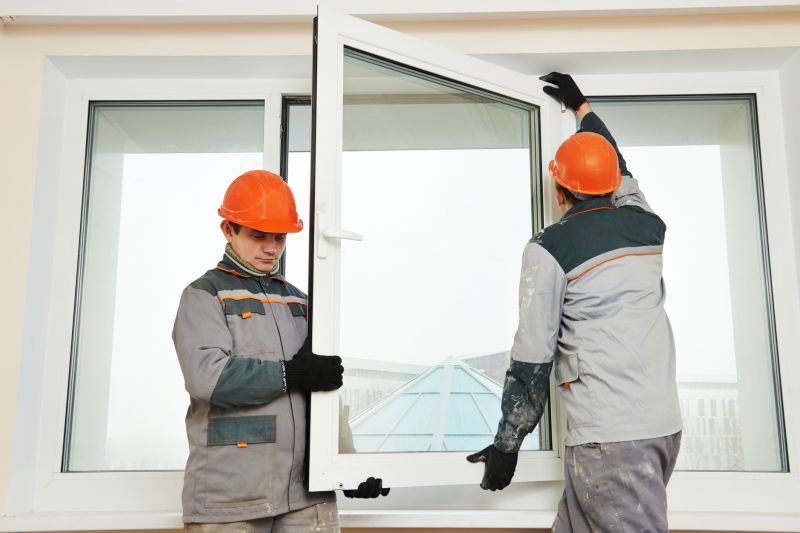
Technicians ensure proper configuration during installation for reliable performance.

Pre-installation assessments prevent potential conflicts and issues.
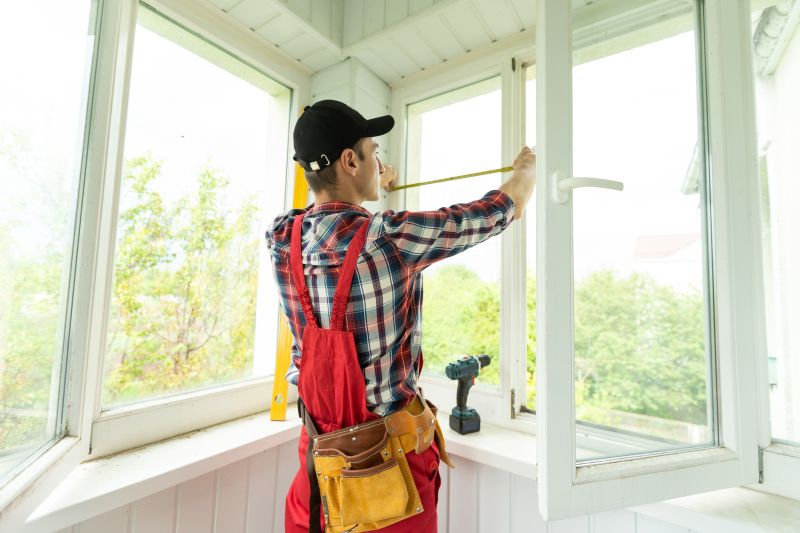
Verifying system stability after Windows setup ensures readiness.

Scheduled updates keep systems secure and functioning efficiently.

Little measurements that prevent headaches on Windows Installations day.
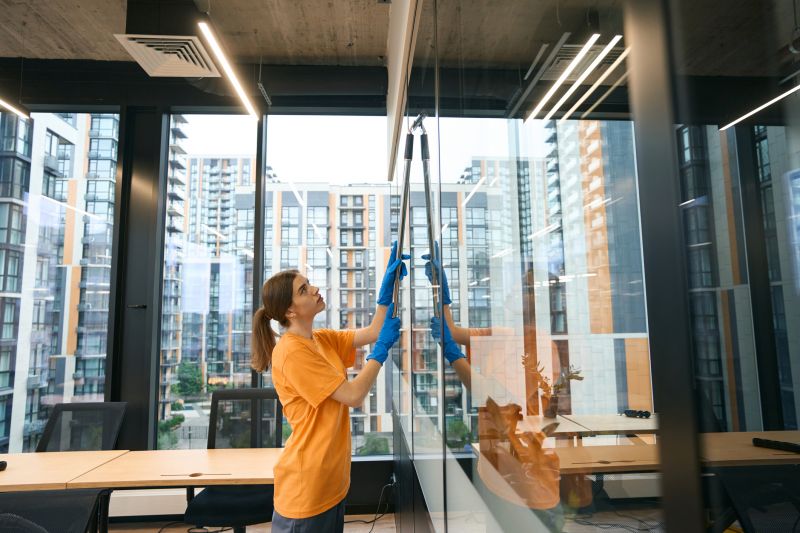
A 60-second routine that keeps Windows Installations looking new.

A frequent mistake in Windows Installations and how to dodge it.
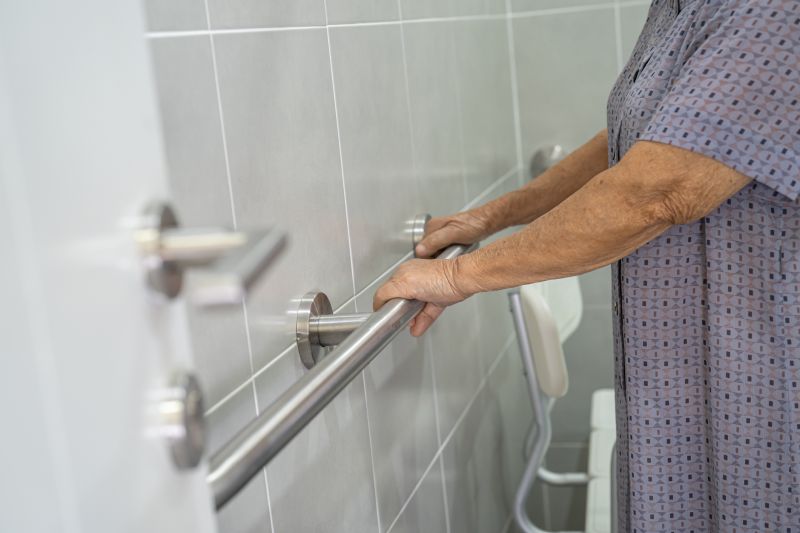
Small tweaks to make Windows Installations safer and easier to use.
The duration varies based on system specifications and installation type, usually ranging from 30 minutes to several hours.
Yes, remote installation is possible using specialized tools and network configurations.
A clean installation often provides better performance and stability, especially if the current system has issues.
Backing up data and ensuring hardware compatibility are essential steps before starting.
Interested in scheduling a Windows installation or learning more about the process? Filling out the contact form can connect with professionals experienced in Windows setup and upgrades, ensuring a smooth and efficient transition.



